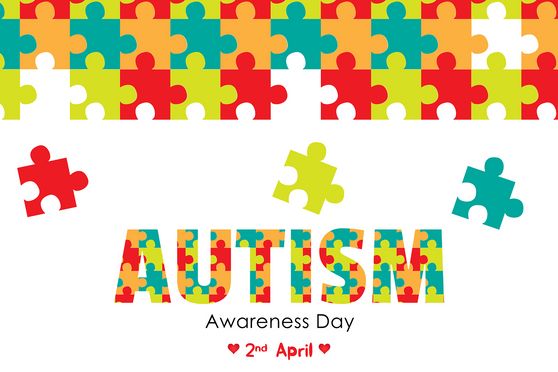Autism Awareness Day: How the pandemic proved online early intervention and therapy works


Autism or Autism Spectrum Disorder (ASD) is a neurodevelopmental disorder that affects the cognitive, emotional, social and physical health of individuals. The range and severity of the spectral disorder vary from individual to individual.
The early signs of ASD can be spotted in children as early as three years old. With age, the communication and social skills in children tend to regress in the absence of any intervention. Thus, early diagnosis and intervention, including customised therapy from trained professionals, is considered the best treatment for those on the spectrum.
The pandemic disputed the regimented education and therapy for many young children on the spectrum. On World Autism Awareness Day on April 2, Edugraph spoke to senior occupational therapist Isha Soni on how professionals and parents joined hands online to continue education for children on the spectrum during the lockdown.
Soni is the co-founder and head of Lexicon Rainbow Therapy and Child Development Centre, Lexicon Group of Institutes, Pune. She said the pandemic posed two sets of problems for children on the spectrum — the rise in ‘virtual autism’ in children which is associated with prolonged exposure to screens, and the regression of social and communication skills in children who had already been receiving intervention before the lockdowns.

“During the pandemic, most parents couldn’t take the children to the developmental paediatricians, child psychiatrists and psychologists for evaluation of their child with suspected autism or to exactly know the cause of their developmental delay,” she said.
After months of the children being deprived of the support they required, “most therapists had started offering Online Occupational, Speech and Behaviour Therapy. This led the parents to seek intervention by ‘Online or Virtual Therapy’ with their child rather than doing nothing,” Soni added.
Over 60% of Lexicon Rainbow Therapy and Child Development Centre’s existing students opted for online therapy as soon as it was offered.
Getting habituated to online learning is difficult enough for neurotypical children. Getting a child on the spectrum to attend therapy online was a mammoth task that the professionals, in coordination with parents, achieved.
“We asked the parents to set up their devices with a full view of the room so that the therapist could be seen and could see the child at all times. The child soon understood that the therapist was in control of the session, so they complied,” elaborated Soni.
Aside from the obstacle of getting the child to pay attention, therapy for ASD and its associated conditions require tools and equipment that are not readily available at home.
“Before we could begin occupational therapy, sensory integration therapy and speech and language therapy online, we had to do a video recce of the homes to get ideas of what could be used instead of the tools we have at the centre. Like instead of theraputty, children learned using dough. While some things like exercise balls needed to be bought, we tried our best to improvise,” she shared.
Most therapy centres are physically functional now, but parents are still opting for online or hybrid sessions. Soni affirmed that online education for children with ASD, while difficult, was a success in most cases.